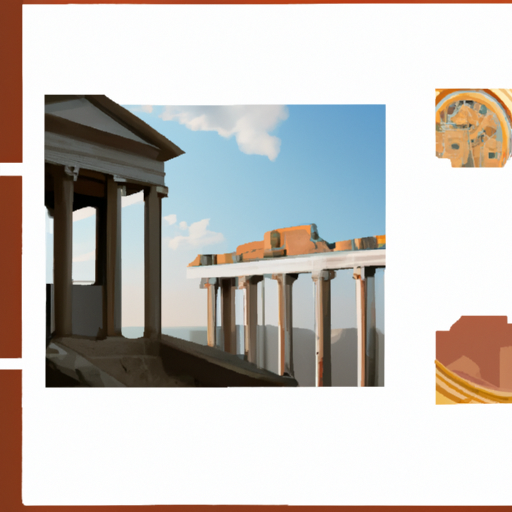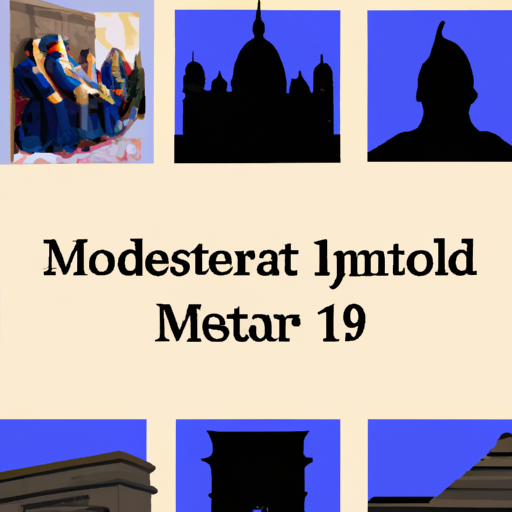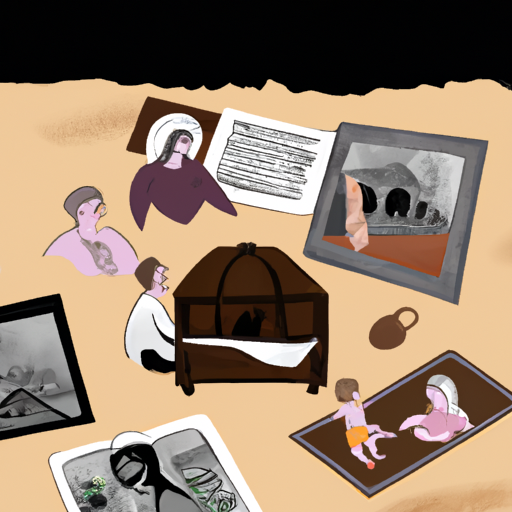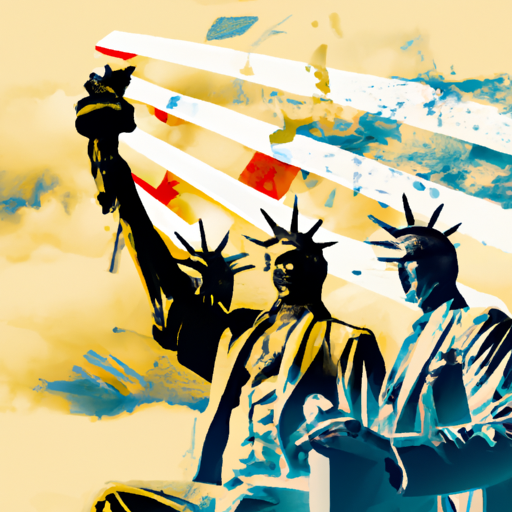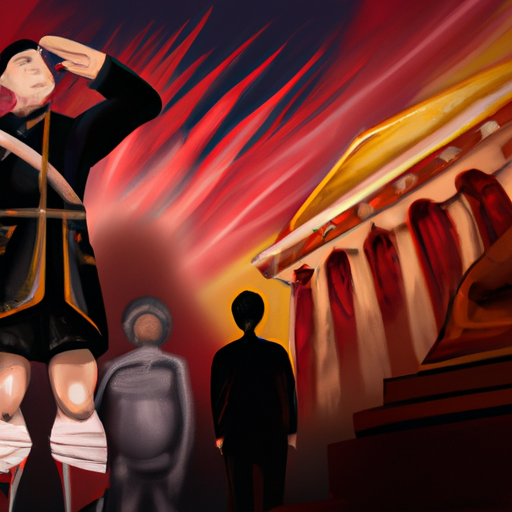Did the Victorians have Christmas trees?
Yes, the Victorians are credited with popularizing the tradition of decorating Christmas trees. This custom was introduced to England by Prince Albert, Queen Victoria’s German husband. In 1848, a picture of Queen Victoria, Prince Albert, and their children standing around a decorated Christmas tree was published in a London newspaper, and it captured the public’s imagination. This image helped establish the Christmas tree as a central element of Victorian Christmas celebrations. The Victorians adorned their trees with candles, handmade ornaments, and various decorations, setting the stage for the modern Christmas tree tradition.
Did Victorians give Christmas presents?
Yes, the Victorians played a significant role in shaping the tradition of giving Christmas presents. The custom of exchanging gifts during the holiday season had ancient roots, but the Victorians elevated it to new heights. The period saw a surge in the commercialization of Christmas, with a greater emphasis on gift-giving as a way to express love and generosity. It was during the Victorian era that the practice of wrapping gifts in decorative paper, often adorned with ribbons and cards, became widespread. Charles Dickens’ “A Christmas Carol” also promoted the idea of generosity and the joy of giving, influencing the practice of exchanging presents during the holiday season.
Did the Victorians have Christmas crackers?
Yes, the Victorians are responsible for the invention of Christmas crackers. In 1847, a British confectioner named Tom Smith created the first Christmas cracker. Initially, they were simple sweets wrapped in a twist of paper with a small motto or message. Over time, these evolved into the familiar festive paper tubes that “crack” when pulled apart, revealing small toys, jokes, and paper hats. Christmas crackers quickly became a popular part of Victorian Christmas celebrations, and they remain a beloved tradition in many parts of the world today, particularly in the United Kingdom.
Who was Santa Claus in Victorian times?
In Victorian times, Santa Claus, as we know him today, began to take shape. The popular image of Santa Claus during the Victorian era was influenced by a combination of factors, including traditional figures like Father Christmas and Saint Nicholas, as well as the publication of Clement Clarke Moore’s poem, “A Visit from St. Nicholas” (commonly known as “The Night Before Christmas”) in 1823. This poem described Santa Claus as a jolly, rotund figure who delivers gifts on Christmas Eve.
The transformation of Santa Claus into the familiar character with a red suit, white beard, and reindeer-driven sleigh was further popularized during the Victorian era. Illustrations and writings from this period contributed to the development of the modern Santa Claus persona. The famous image of Santa Claus as a benevolent gift-giver and symbol of Christmas cheer was solidified during the Victorian era.
What candy did Victorians eat?
Victorian-era candy was quite different from the candies we are familiar with today. Common sweets during this period included barley sugar, fruit drops, comfits (sugar-coated seeds or nuts), and hard candies. Licorice and peppermint sticks were also popular choices.
One iconic Victorian sweet was the sugarplum, often mentioned in literature and poetry of the time. Sugarplums were a type of small, round candy made by coating nuts, seeds, or pieces of fruit with layers of sugar, creating a hard, colorful shell.
Another classic Victorian treat was Turkish delight, a sweet confection made from starch and sugar, flavored with various ingredients such as rosewater, lemon, or pistachios.
Why do we wear paper hats at Christmas?
The tradition of wearing paper hats at Christmas is closely associated with Christmas crackers, which were invented in the Victorian era. When Christmas crackers are pulled apart, they typically contain a few items inside, including a paper hat, a small toy or trinket, and a joke or motto.
Wearing the paper hat is part of the fun and tradition of Christmas crackers. These colorful and often whimsical hats are usually made from tissue paper and are meant to be donned by those who have pulled the cracker open. The tradition of wearing these hats adds a festive and lighthearted element to Christmas celebrations, and it’s all in the spirit of merriment and enjoyment during the holiday season.

